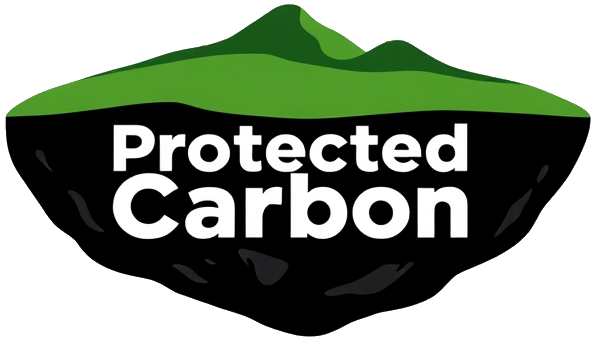- Oil & Gas
- Aguarague
Protected Carbon in Bolivia
As a “megadiverse” country, Bolivia is home to thousands of endemic and threatened plants and animals in a wide variety of protected areas, from its Amazon rainforest territory to its iconic salt flats. In recognition of its natural wealth, Bolivia has enacted policies to give rights to nature, plan for climate change, and “promote the system of protected areas, wetlands, bofedales, as part of the country's natural heritage". Despite these measures, the country has yet to make the necessary investments, and deforestation continues due to agricultural expansion and fossil fuel projects. Establishing non-extraction commitments for protected areas will bolster Bolivia’s climate action, protect the country’s natural treasures, and align with legislation already passed (including L71, L300, PDES 2021-2025).
Affected Areas
These protected areas in Bolivia contain current or planned fossil fuel projects. Oil, gas, and coal extraction in protected areas harms their natural value while contributing to climate change.
- Fossil Fuel Type
- Affected Area
- Oil & Gas
- Carrasco
- Oil & Gas
- Estancias Elsner Espírir
- Oil & Gas
- Iñao
- Oil & Gas
- Kaa-iya del Gran Chaco
- Oil & Gas
- Parque Nacional Pilón-Lajas
- Oil & Gas
- Rio Grande Valles Crucenos
- Oil & Gas
- San Nicolas
- Oil & Gas
- Serrania Sararenda-Camiri
- Oil & Gas
- Serrania Sararenda-Cuevo
- Oil & Gas
- Tariquía
Extraction Data
This table shows a summary of potential emissions from fossil fuel extraction projects in protected areas in Bolivia (including projects that are currently extracting, planned or idled).
- Fossil Fuel Type
- Fossil Fuel Quantity
- CO2 Quantity (MT CO2e)
- Oil & Gas
- 689.53 MMBOE
- 288.64
- Coal
- 0.00
- 0.00
- Combined
- 288.64
Deposits Data
This table shows a summary of potential emissions from fossil fuel deposits under protected areas in Bolivia. Many of these are not yet the target of any industry activities and could more easily become part of a non-extraction policy.
- Fossil Fuel Type
- CO2 Quantity (MT CO2e)
- Oil & Gas
- 1,655.67
- Coal
- 0.01
- Combined
- 1,655.68
Early Warnings
This table shows untouched protected areas that have planned carbon extraction projects, along with their respective startup dates.
- Affected Area
- Startup Date
- Iñao
- 2029
- Tariquía
- 2038
- San Nicolas
- 2042
- Estancias Elsner Espírir
- 2045
- Parque Nacional Pilón-Lajas
- 2045
- Kaa-iya del Gran Chaco
- 2060
Profiting Companies
- Fossil Fuel Type
- Profiting Company
- Oil & Gas
- Bolivian Pension Funds
- Oil & Gas
- Compania Petrolera Orca S.A.
- Oil & Gas
- EIG Partners
- Oil & Gas
- Equipetrol
- Oil & Gas
- Open acreage
- Oil & Gas
- Other partner(s)
- Oil & Gas
- Petrobras
- Oil & Gas
- Repsol
- Oil & Gas
- Shell
- Oil & Gas
- Yacimentos Petroliferos Fiscales Bolivianos
- Oil & Gas
- YPFB Andina
- Oil & Gas
- YPFB Chaco SA
Map
Sources
- Protected Areas: UNEP-WCMC and IUCN, Protected Planet: The World Database on Protected Areas. October 2023.
- Oil & gas extraction: Rystad Energy, U Cube Upstream Oil and Natural Gas Solution. October 2023.
- Coal extraction: Global Energy Monitor, Global Coal Mine Tracker. October 2023.
- CO2 equivalencies: Kühne, Kjell, Big numbers for bold activists: A quick method for estimating potential emissions of fossil fuel projects. Energy Research & Social Science, Volume 79, September 2021.
- Reserves & resources: German Federal Institute for Geosciences and Natural Resources (BGR), German and Global Energy Supplies. 2021.
Disclaimer
This page was created using the best data available. Despite this, errors and omissions are likely. Please contact our team with any errors or confirmation requests you may have. Further information on sources and methodology is available on our data page.
